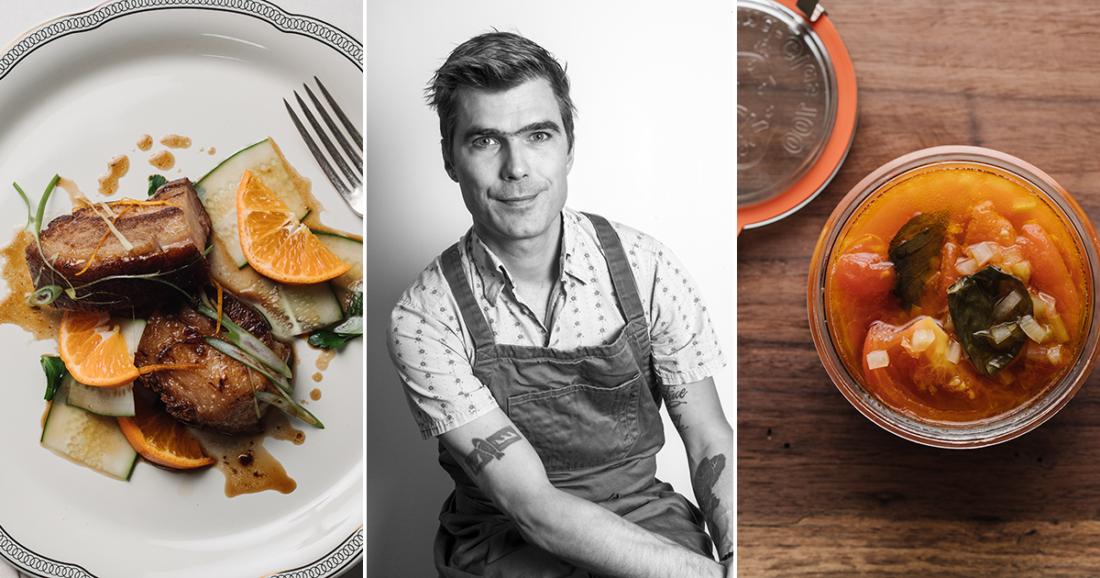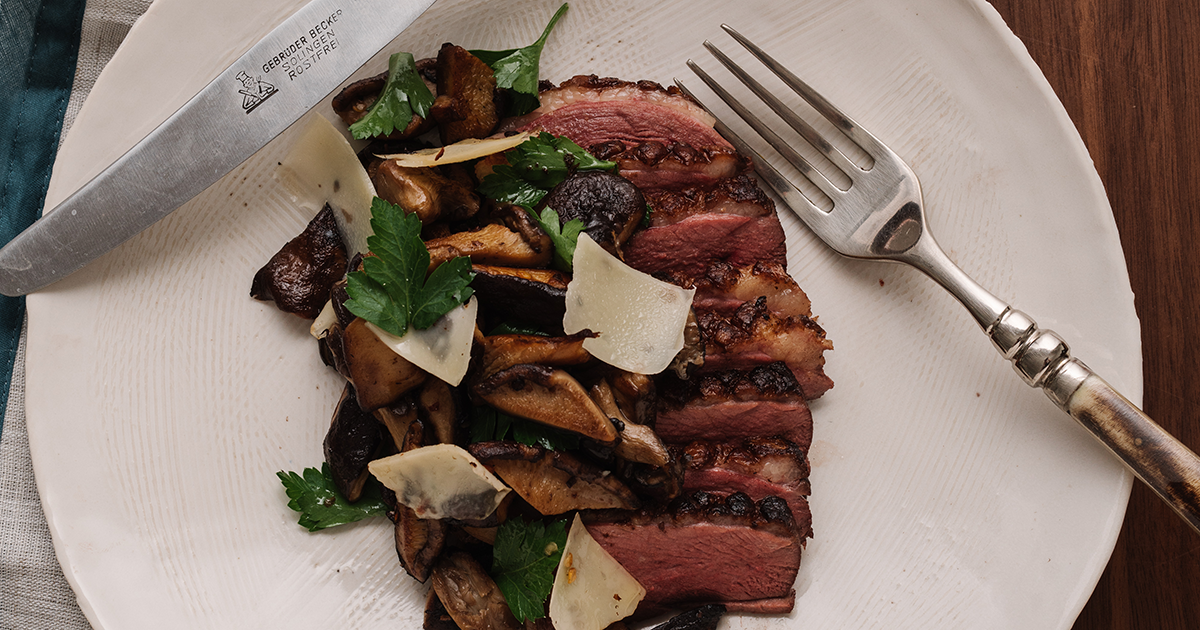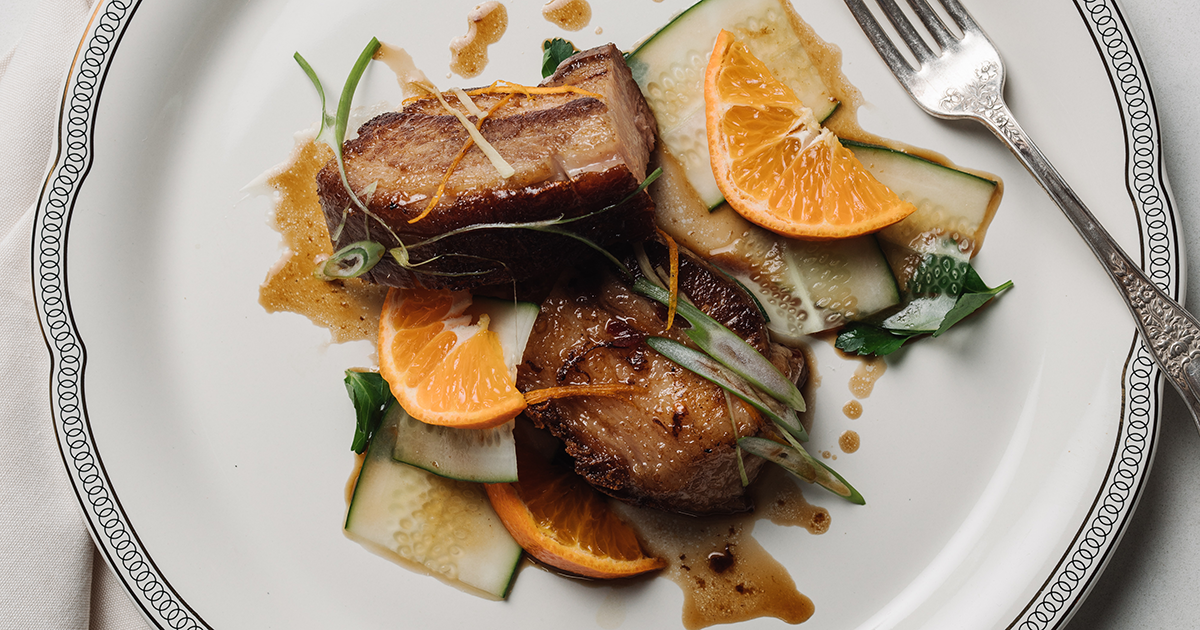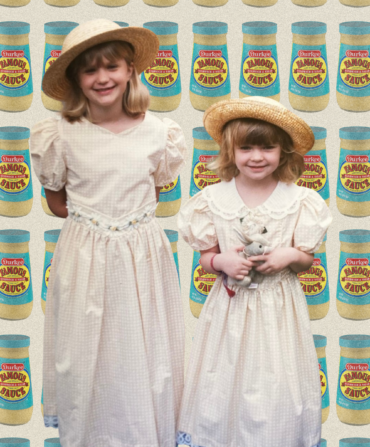There are plenty of top-notch home cooks who are still not so sure about sous vide cooking, and let’s be clear: Hugh Acheson gets it. “I was raised in kitchens that didn’t have that kind of technology,” says the Athens, Georgia-based chef. “When it came along, I was always watching the youngsters like, Well, you could just braise that.”

It’s safe to say he’s come around on the idea. His new cookbook, Sous Vide: Better Home Cooking, praises the technique for its consistency, safety, and mess-free qualities, and offers a collection of recipes that will allow even skeptics to see its potential. And despite the high-tech tool involved, Acheson maintains that thermocirculation is best used in conjunction with traditional cooking methods, not as a replacement. “Sous vide excels when you understand the old-school application of how to do something, and can apply it to the new technology,” he says. “The whole application is built on precision. As long as you understand the temperature that you’re going for with a given product—165-170°F for chicken; for a rare or mid-rare steak, you’re 123°F; for most vegetables, 180°F—then you can really go out and cook just about anything.”
In anticipation of Sous Vide’s release on October 15, we caught up with Acheson to talk about what sous vide cooking is, how he acclimated to it, and where the technique will go next.
How would you explain sous vide to someone who’s unfamiliar with the technology?
Sous vide as a term is kind of a misnomer, because really what it means is in vacuum. But what people mean by “cooking sous vide” is you’re taking away the excess air in a plastic bag with food intact in it, and then cooking it in a calibrated water bath at a specific degree that allows whatever you’re making to going to cook perfectly over time to that temperature.
Is there a particular brand of sous vide that you prefer?
They all seem to be pretty good right now, but when technology gets less expensive because of higher volume in production, you start to have a lot of new players come onto the scene with suspect quality. Anova is one that’s really good, AllClad makes a great sous vide machine. Those are two that I really am a fan of.
MORE: GET ACHESON’S RECIPE FOR
SEARED DUCK BREAST WITH WARM MUSHROOM SALAD
You talk about how sous vide is a high-tech tool that lends itself to old-school recipes. What recipes are a good example of that?
New technology can be applied to old recipes in so many ways. The most ubiquitous recipe in sous vide world is probably for long-cooked short ribs, which are really an old-school idea, but cooked in a contained environment, safely, over time. You can also use the sous vide for pickling and preserving, like a simple preserved tomato to later make a marinara sauce or tomato stew. It’s just a matter of figuring out the temperature where you can develop a ton of flavor and pull out the inherent sugars in ripe tomatoes.
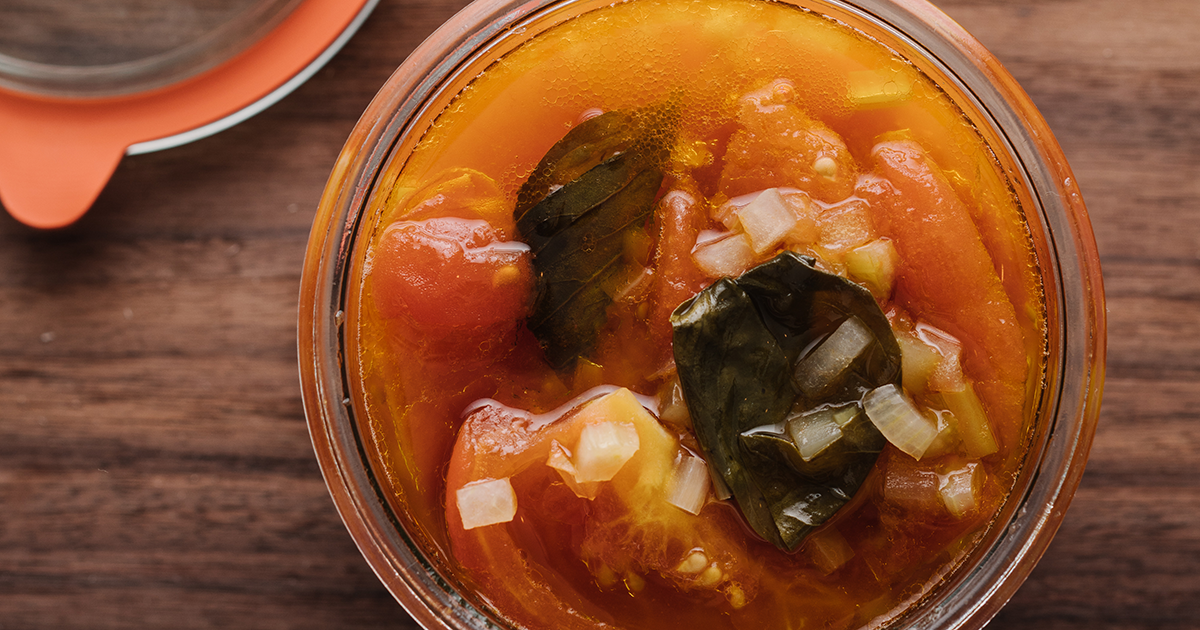
MORE: GET ACHESON’S RECIPE FOR STEWED TOMATOES
What factors in a recipe would make sous vide the right tool to call on in the kitchen?
You can call on it for really pretty much anything. It’s got a ton of different applications to use, and because it’s so specific, you can nail a steak or perfectly cook vegetables. Anything that has a long braising time, like pork belly, lends itself immediately to sous vide—it’s just a matter of not having to clean up that pot, and to safely be able to walk away from the house without the oven on. There’s no fire, there’s no oven. You can go about your day and do your normal things and come back to a meal that’s perfectly done.
MORE: GET ACHESON’S RECIPE FOR
PORK BELLY WITH CUCUMBER, CLEMENTINE, AND SCALLION
That calls to mind a beloved tool for home chefs, the slow cooker, which you released a book on in 2017. Is there a case to be made that the sous vide can be used similarly, as a convenience tool?
I think as time goes on, and the general public becomes more comfortable with the sous vide, you’ll see it more and more. If you’re cooking, say, asparagus, you’re going to have a lot more success with sous vide than if you stuck a bunch of asparagus in a slow cooker—that’d kind of be rolling the dice. [Laughs]
I’ve seen people use sous vide to chill wine or growlers. Is there any special party trick or less serious application you like to use sous vide to accomplish?
I guess you could do a foot bath with it. [Laughs] No, I’m pretty traditional with these things. Food only.


